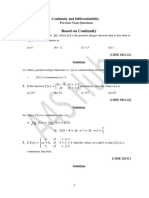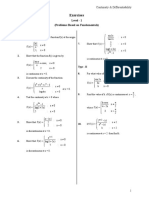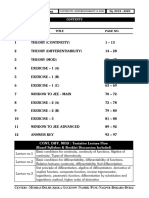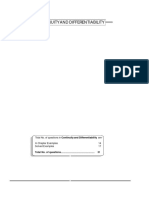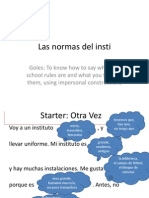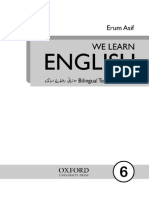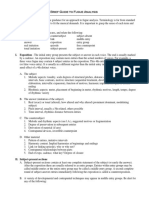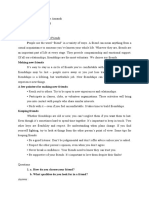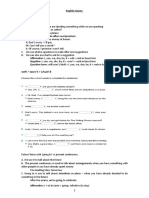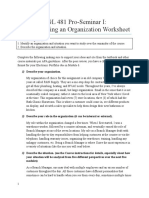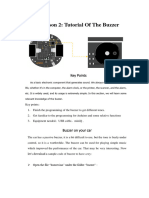0% found this document useful (0 votes)
29 views6 pagesChapter 5 Continuity and Differntiability
The document provides a detailed explanation of continuity and differentiability in mathematics, specifically focusing on functions and their behavior at certain points. It outlines the conditions for continuity, reasons for discontinuity, properties of continuous functions, and includes various examples and practice problems. Additionally, it discusses differentiability, including the relationship between continuity and differentiability, along with practice questions to reinforce the concepts.
Uploaded by
subikshanmugam2007Copyright
© © All Rights Reserved
We take content rights seriously. If you suspect this is your content, claim it here.
Available Formats
Download as DOCX, PDF, TXT or read online on Scribd
0% found this document useful (0 votes)
29 views6 pagesChapter 5 Continuity and Differntiability
The document provides a detailed explanation of continuity and differentiability in mathematics, specifically focusing on functions and their behavior at certain points. It outlines the conditions for continuity, reasons for discontinuity, properties of continuous functions, and includes various examples and practice problems. Additionally, it discusses differentiability, including the relationship between continuity and differentiability, along with practice questions to reinforce the concepts.
Uploaded by
subikshanmugam2007Copyright
© © All Rights Reserved
We take content rights seriously. If you suspect this is your content, claim it here.
Available Formats
Download as DOCX, PDF, TXT or read online on Scribd
/ 6















